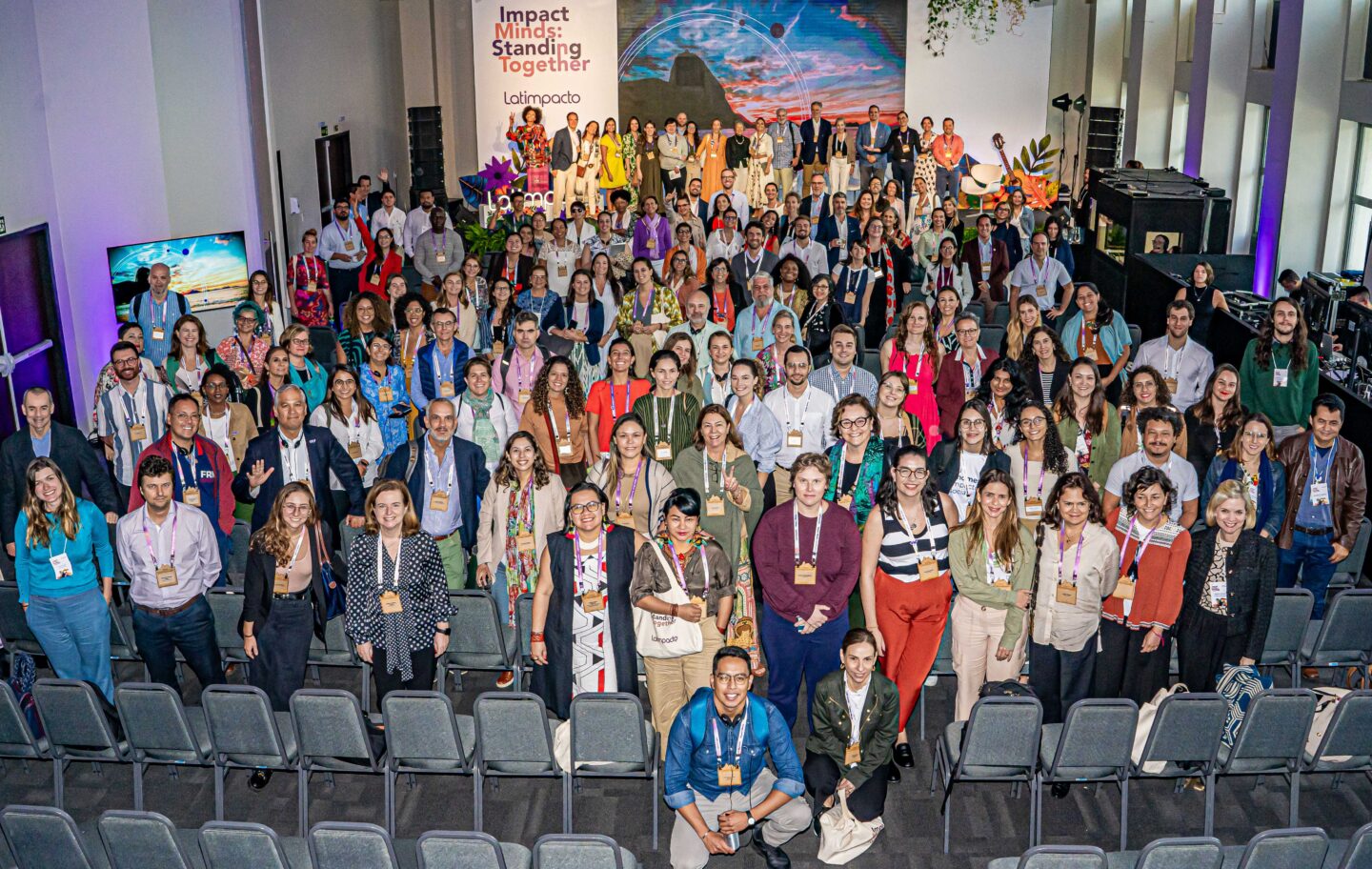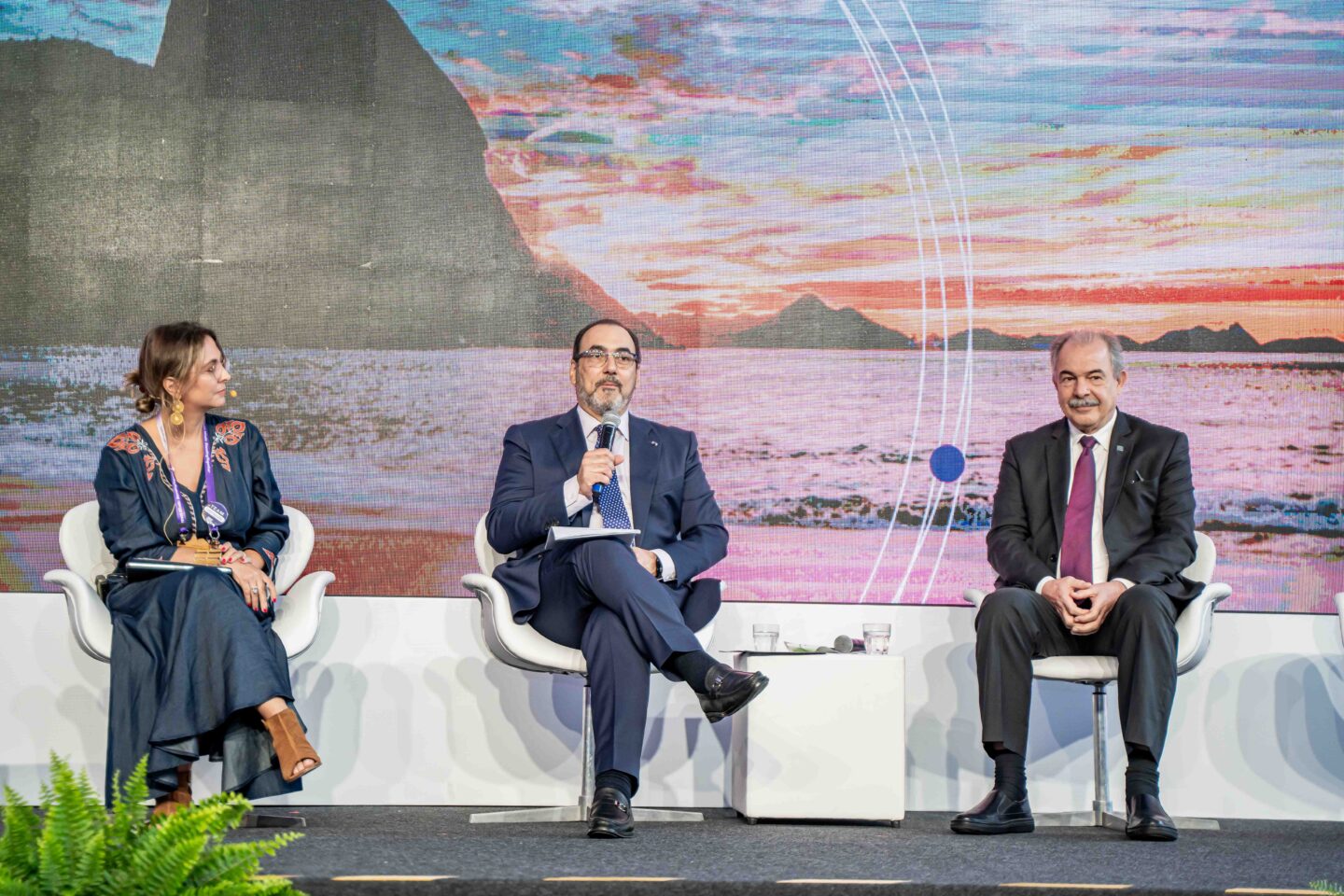Latin America and the Caribbean (LAC) is a region full of opportunities. In every corner, you will find outstanding individuals with warmth, resilience, and a spirit of solidarity, as well as the most beautiful landscapes and biomes housing around 40% of the world’s biodiversity. According to the UN, the region contributes one-sixth of the world’s food production and it will play a significant role in the global energy transition: The UN Economic Commission for Latin America and the Caribbean (ECLAC) points out that LAC has vast renewable energy resources, enabling us to source up to 80% of our energy from affordable renewable electricity, thanks to wind and solar energy, whose costs continue to decrease. We are host to 46.5% of the world’s forests, while only responsible for 8.1% of global greenhouse gas emissions.
Undoubtedly, these factors, among others, make the region an attractive investment destination. However, the region is also characterized by an economic paradox. Most nations sit in the middle-income category (28 out of 33 countries), with four classified as high-income and one as low-income. At the same time, income inequalities are high, with most countries’ Gini coefficient above 0.4, the level at which significant imbalances emerge between the rich and poor. The region is, therefore, deemed “too rich” to receive official development assistance (ODA) from wealthier countries, yet it still faces significant challenges due to high inequality. Investments in the region must, therefore, be made with the explicit intention of bridging these gaps and making the most of opportunities stemming from its human capital and natural resources.
If we look at this challenge through the lens of the UN Sustainable Development Goals (SDGs), the funding gap to meet LAC targets is estimated to be $650bn per year. Currently, only 24.6% of the objectives will be met by 2030. Analysis shows that, for LAC, the most significant challenges are SDG 1 (no poverty), SDG 4 (quality education), SDG 5 (gender equality), SDG 11 (sustainable cities and communities), SDG 13 (climate action), and SDG 16 (peace, justice, and strong institutions). These goals are unlikely to be achieved according to the current trend, as 50% and 80% of their targets may still need to be met. On the other hand, SDG 3 (good health and well-being), SDG 7 (affordable and clean energy), SDG 9 (industry, innovation, and infrastructure), SDG 12 (responsible consumption and production), SDG 14 (life below water), and SDG 17 (partnerships for the goals) look more encouraging, with 40% of their indicators progressing as required. This data gives valuable insights into which sectors should be prioritized, the ones in which investments can be more impactful, and where the mechanisms to invest and measure that impact have increasingly improved.
Today, generating impact in the region goes beyond the responsibility of conventional actors – government and philanthropy. There is a diversity of actors at work in the impact spectrum, from wealthy families and their family offices to foundations, corporations, and investment funds, all of which are distinguished by how they innovate in their deployment of capital strategies along the capital continuum. These actors are embracing diverse financial instruments to invest in, as well as new alliances and mechanisms, such as blended finance, that are enabling us to close the gaps in the 2030 Development Agenda at a faster rate. The diversity of actors increasing their positive-impact footprint in the region turns the Latin American paradox – too wealthy for ODA, yet extremely unequal – into an opportunity: improving collaboration between different types of capital to maximize impact.
We need more effective ways to work together
However, a lack of collaboration stands out the most when we analyze the barriers to financing development. Nearly 40% of 201 individuals representing capital providers investing in LAC highlighted this concern in the Latimpacto Industry Survey 2022-2023. Coming in close behind as the second biggest obstacle was the absence of a regulatory framework that legally and fiscally incentivizes investments to generate impact. Let’s dive into each of these aspects to see how we can overcome these hurdles.
Despite pioneering initiatives in collaborative funding and collective impact, and the obvious value of working together for actors financing development, such practices need to be adopted more widely, both across borders and across sectors.

Audio available






